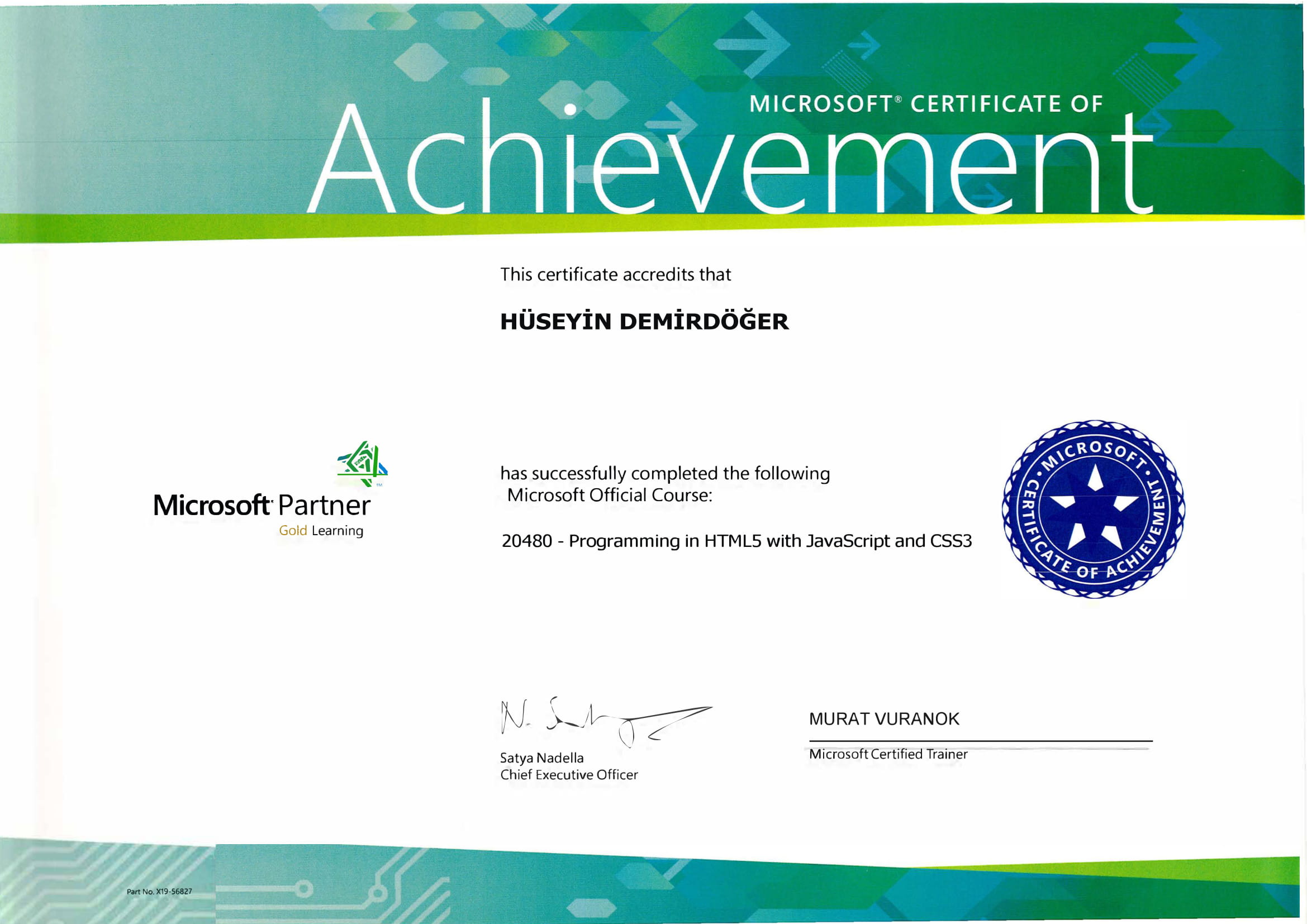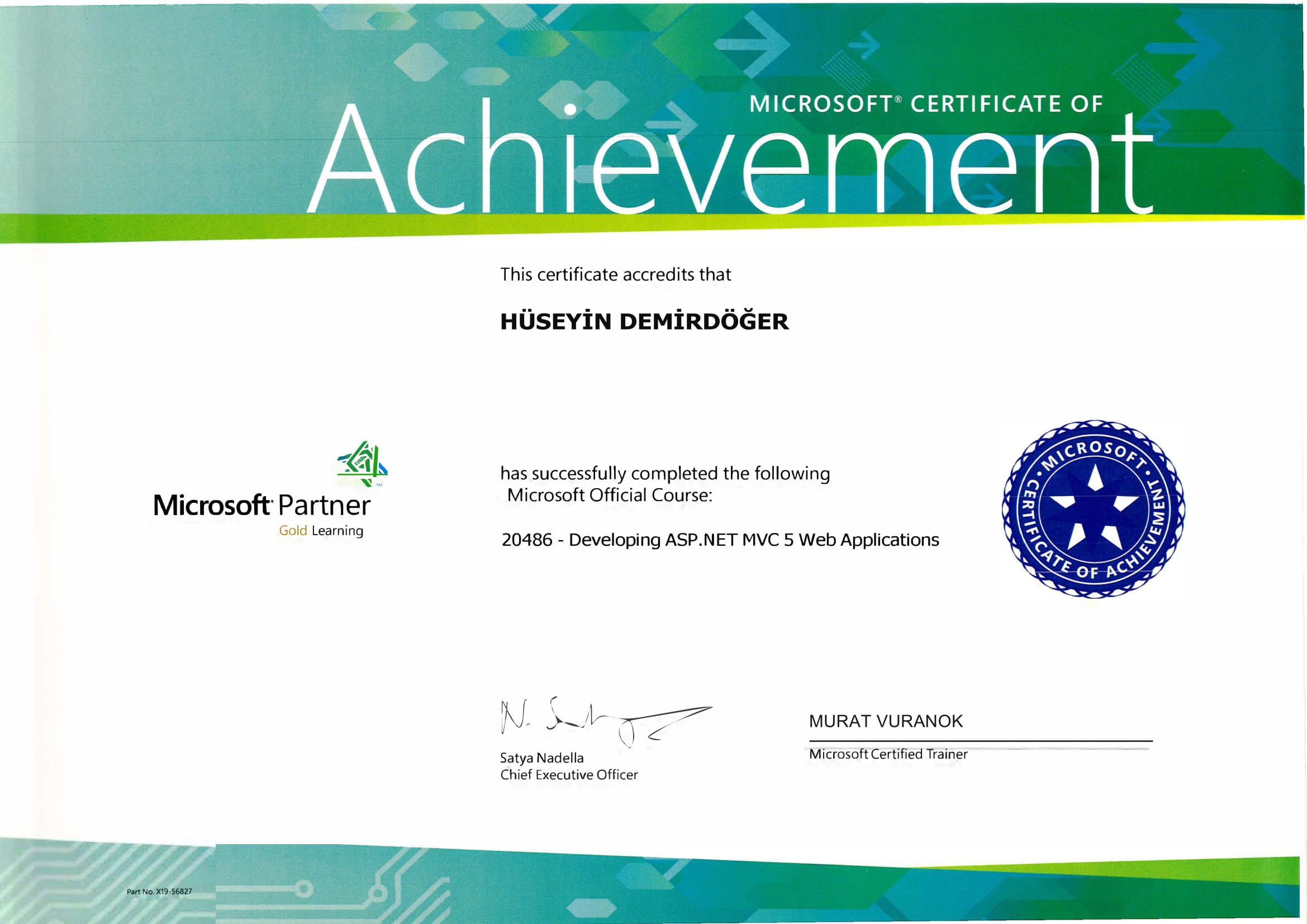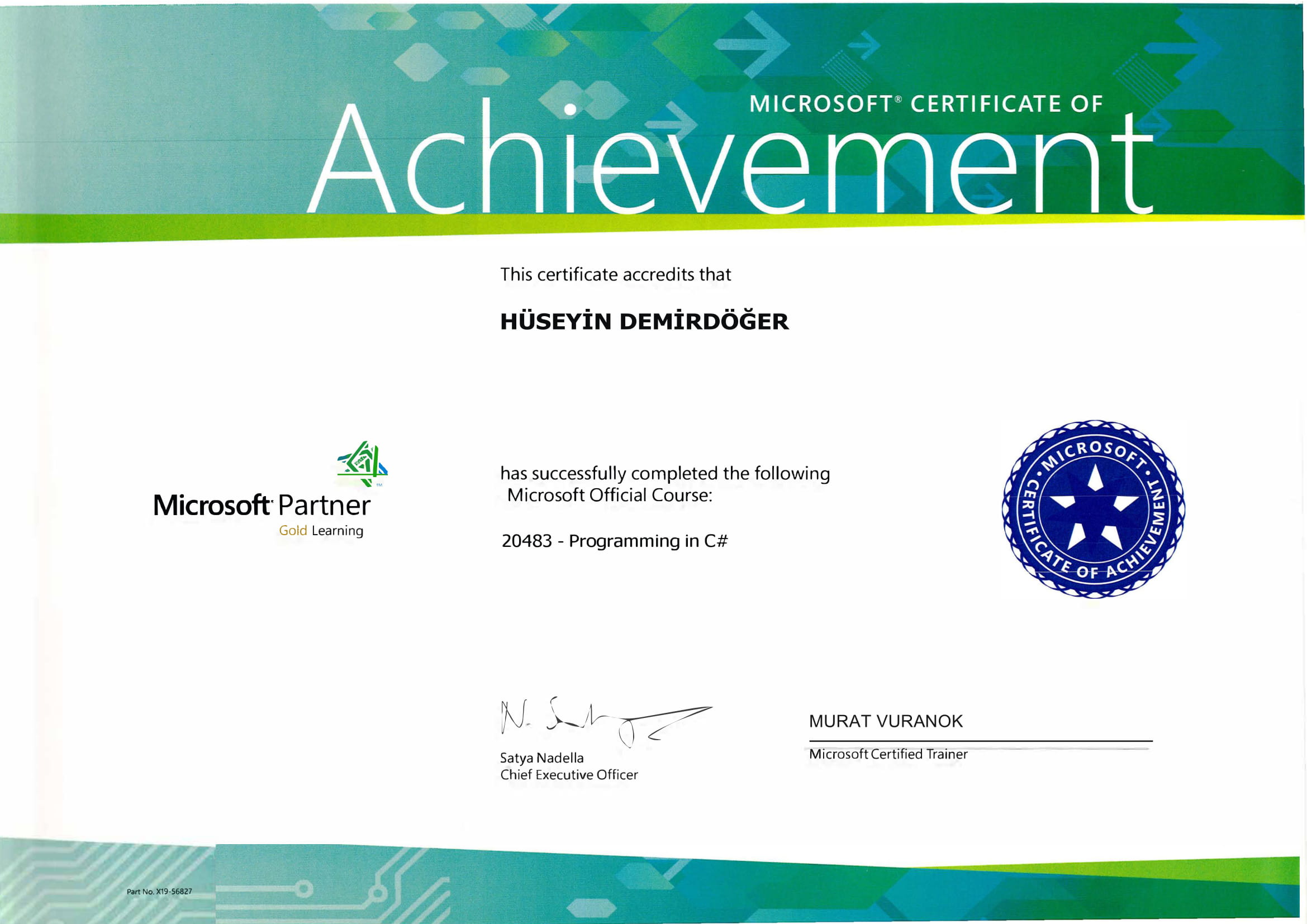Have you ever tried launching an application on your Windows computer only to be greeted with the troubling error code 0xc0000142? It can be incredibly frustrating to encounter this issue, particularly when that application is essential to your work or personal tasks. The error is often associated with application launch failures, DLL load errors, and occasionally even system startup problems. Let’s unpack what this error means and how you can fix it step by step.
Understanding Error 0xc0000142
This error code typically indicates that an application has failed to initialize properly. The underlying reasons for this can be varied, ranging from an incompatible or corrupted DLL file, outdated software components, or conflicting startup programs. According to Microsoft documentation, this issue can be rooted deeply in the Windows ecosystem, thus requiring a comprehensive approach to troubleshooting.
Step-by-Step Guide to Fix Error 0xc0000142
Step 1: Update Your System
One of the first steps is to ensure your Windows operating system is up-to-date. Outdated systems often struggle with running newer applications because of missing or deprecated components.
- Check for updates: Navigate to Settings > Update & Security > Windows Update, and see if there are updates available.
- Install updates: If any are available, click to download and install them. This might resolve the issue on its own.
In the process of updating your system, another error you're likely to encounter is Windows Error Code 0x800705b4, which can occur as a result of timeout issues during updates. You can find a detailed solution to this in the article: Windows Error Code 0x800705b4 Solution.
Step 2: Compatibility Troubleshooter
I had a similar experience once where an app consistently failed to launch due to compatibility issues. Windows offers a built-in troubleshooter that can help identify and fix these problems.
- Run compatibility mode: Right-click the application shortcut or executable, select 'Properties', then head over to the 'Compatibility' tab. Here, you can try running the troubleshooter.
- Adjust settings: Alternatively, manually alter the compatibility settings, such as by selecting an older version of Windows under the compatibility mode options.
Step 3: Repair Corrupted Files
Sometimes, the error is due to corrupted system files. The System File Checker tool can scan and repair these automatically:
- Run SFC scan: Open the Command Prompt as an administrator and type
sfc /scannow. This might take some time, but it's effective in locating and fixing corrupted files.
Step 4: DLL Issues
If the above steps don't help, the error might be linked to specific DLL issues. Repairing or reinstalling problematic DLL files can solve this issue. You can explore more about managing DLL issues in Windows Error Codes like 0xc0000005: Guide to Fix Application Crashes.
Additional Resources
You might come across similar kinds of setbacks, and tackling them effectively can ensure smooth computing. If your system encounters a significant crash or a boot loop, error 0xc000021a is another issue that shares a similar resolution path: Fix System Crash Issues.
What do you think about this guide? Have you ever experienced a similar issue? It’s always intriguing to see how different setups react differently, and it’s through shared experiences that we can enhance our troubleshooting skills together.
Remember, whenever facing complex technical issues, a structured approach like the one above often yields the best results. Persistence and a bit of patience go a long way in troubleshooting Windows errors.
In conclusion, while errors like 0xc0000142 can be daunting, a systematic approach using updates, compatibility checks, and file repairs is generally effective. Keep your software environment stable, and such issues can be minimized in the future.


















